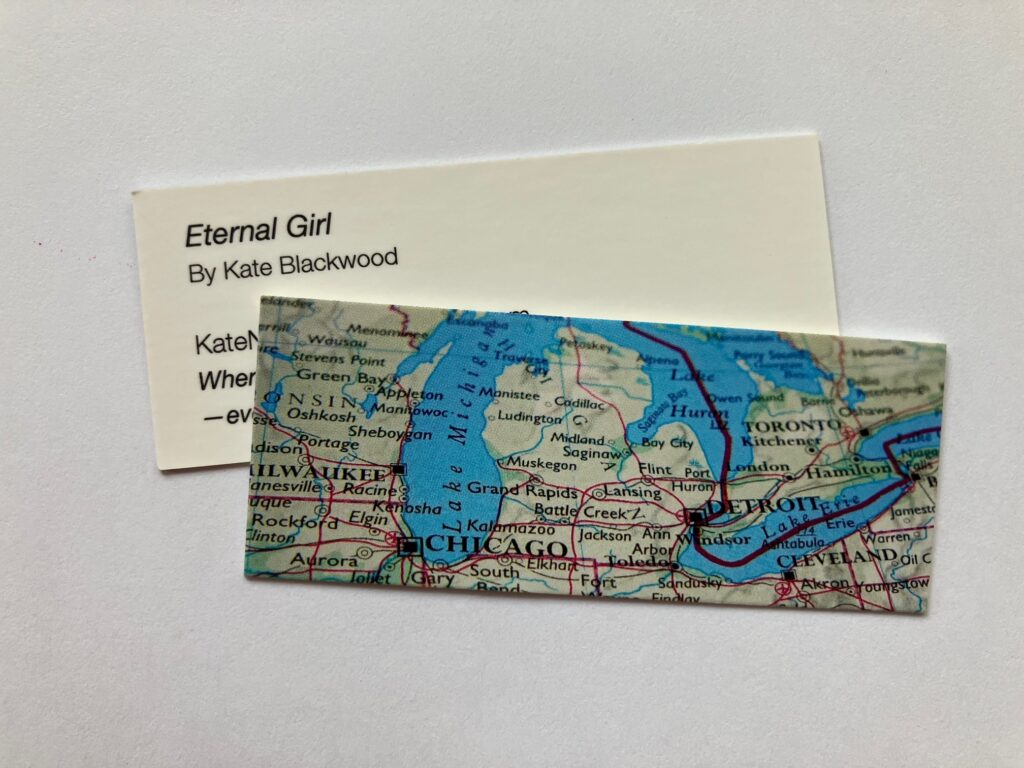Spooky season for my novel draft
Red ink is not blood, but it’s spooky season for my novel in progress.
I spent two years drafting. In September I got it printed (300 pages, a job for Kinko’s.) And throughout October, I’ve been reading it through with a red pen in my hand, marking any- and everything in sight, from tiny edits to persistent problems (I’m unsure of one character’s name, so she’s XXXXX) to big picture changes (such as: one whole chunk of the book that took place in England has been transplanted to Norway.)
Now, as the days grow short, the nights get cold, and the dried out corn stalks rustle in the evening wind, it’s time for a revision. (Dun dun DUNNNN.)
I’m relishing the sight of all that red ink because it means not death (this isn’t horror) but change. New ideas, fresh paths, clearer facts. And also a good dose of fear.
The unknown is one of the scariest things.
So the natural antidote is: make it known.
Okay, but how? With my fingers poised on the keyboard (I procrastinated all morning writing this post) I’m trying to decide on the best approach for Novel v.2.
What approaches to revision have you tried? How have you found the next level after Rough Draft for your book?
I’ve come upon a number of revision methods recently:
Shut the first draft in a dungeon and re-write from scratch without looking back.
SCREEEEEAAAAAM
A friend of mine did this and, in the past month, finished her new draft FROM MEMORY. She is ecstatic, and I can tell you from talking with her and from reading pages that this is a book with a coherent heart.
My friend’s total rewrite was inspired by the novelist Lauren Groff, who writes a first draft of each novel longhand in spiral notebooks.
“After [Groff] completes a first draft,” the New York Times reports, “ she puts it in a bankers box — and never reads it again. Then she’ll start the book over, still in longhand, working from memory. The idea is that this way, only the best, most vital bits survive.”
So it’s a bankers box, not a dungeon. Even so, this method of revision is incredibly brave, smart and extreme. Groff says this method of revision distills the most important parts of the book in her mind, making it about the ideas and characters – their gravity and density – and not the number of words that matter.
“It’s not even the words on the page that accumulate, because I never look at them again, really, but the ideas and the characters start to take on gravity and density,” Groff said.
I have considered this approach (my friend encouraged me to), but I can’t remember the first sentence of my novel and rewriting it from scratch at the pace of one hour a day might take me the rest of the decade.
Re-name the file and play Tetris with paragraphs.
I’ve used this approach before, especially for short stories. Keeping most of my precious darling words but finding a new place to start, or changing the point of telling from third person to first, or adding a narrative frame. It takes courage to let words, scenes or even whole characters evaporate. And I’ve written every word in this document. They’re mine, mine, mine!
The temptation is to simply, as my husband says, ‘move words around’ without actually changing anything. So much for seeing the story in a new way.
Re-type the novel, as novelist and Substack writing guru Matt Bell advises.
That’s a lot of red ink to encounter, but this is where I am mentally right now. I have my bloody…I mean inky manuscript. I have a head full of ideas for where this all goes next. I have a notebook full of backstory and character assessment and research scraps and timelines. And I have past experiences.
The last novel I completed took me ten years and about that many drafts. It started as a 43-page short story scribbled at top speed in a journal in graduate school (draft 1), then typed into the midnight hours so I could turn it in in legible form for workshop (draft 2). After that, the version history gets fuzzy, but somewhere along the way, the book acquired a sense of humor (draft 4?) shed a predictable plot line (draft 6), toured the AWP book fair in the form of tiny business cards (draft 7) and made a few inroads toward publication (drafts 9/10, maybe).
Each of these versions came about not through a systematic revision tactic. Instead, I identified something that needed to change, dug in and made the change, with reverberations through the entire novel.
The most recent draft (11-ish) was printed (love you, Kinko’s) and handed to my significant other, who was not yet my husband and therefore still had a chance to flee. He did not. He read all 400 pages, declared “This reads like a real novel” and suggested that the ending is quite bleak. He’s right. That printed draft is still on my shelf and the story is still in my heart. And I don’t want it to be bleak. I’m relieved it’s not published and still has the capacity to change and maybe bleed a little more red because there’s life pumping through it and I will find the right next thing for it someday.
Today, I hope this more recent novel, about to morph out of its first draft form, doesn’t take quite that long, but I will give it what it takes, feeling the fear and doing it anyway.
The process of revising a book is a process of letting it become more and more known.
Not scary.
